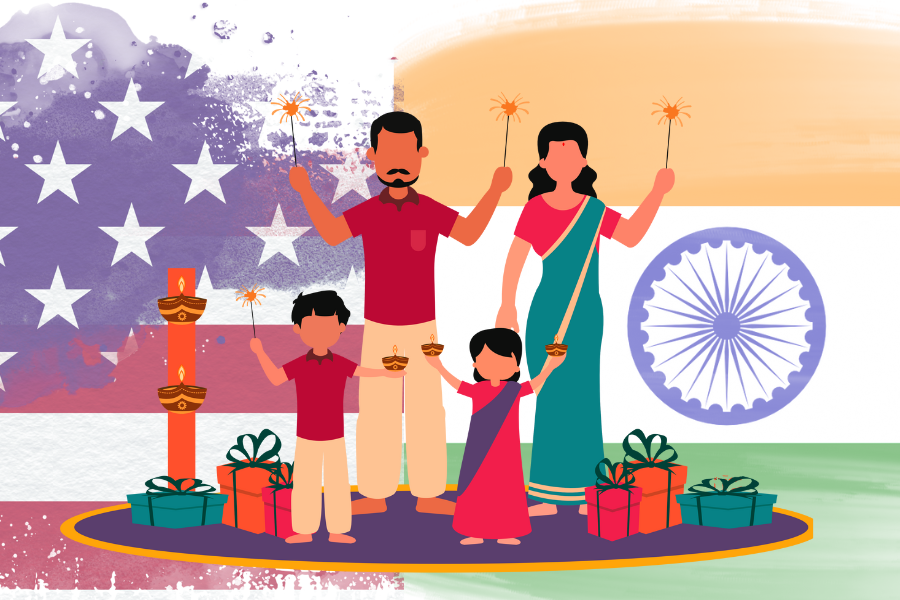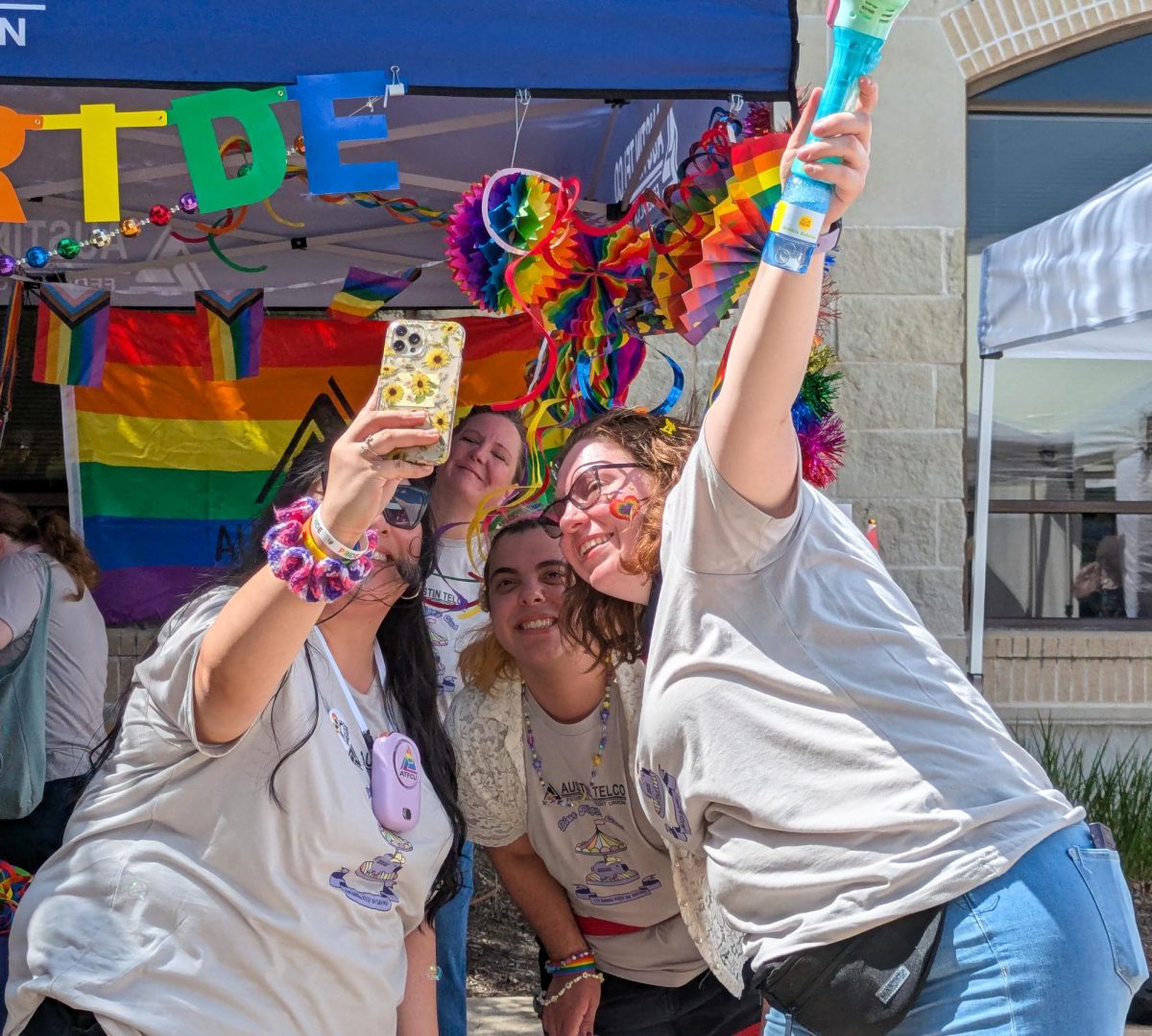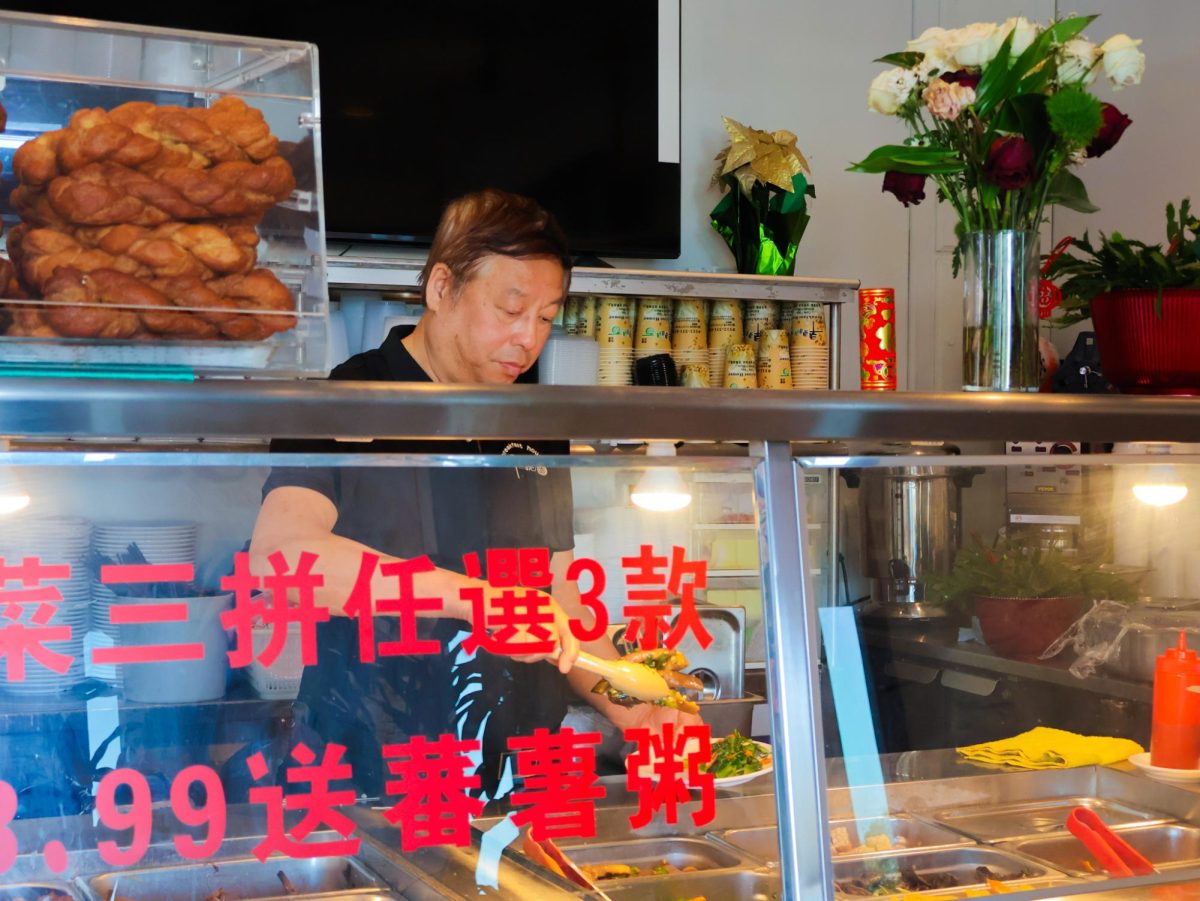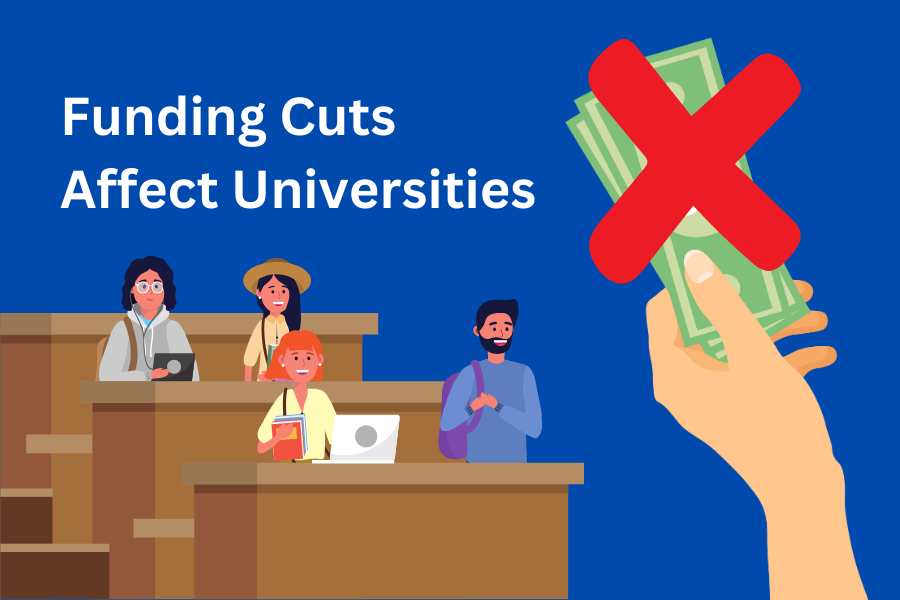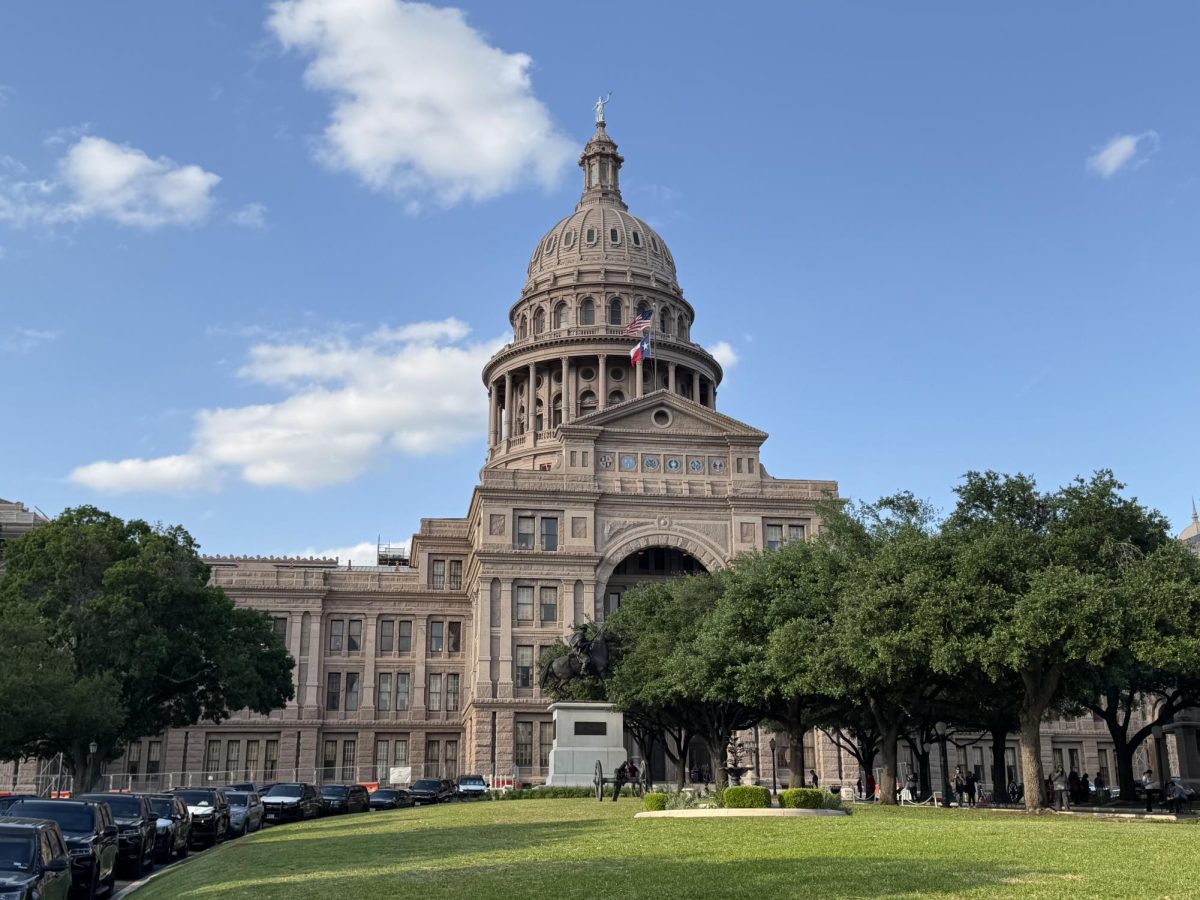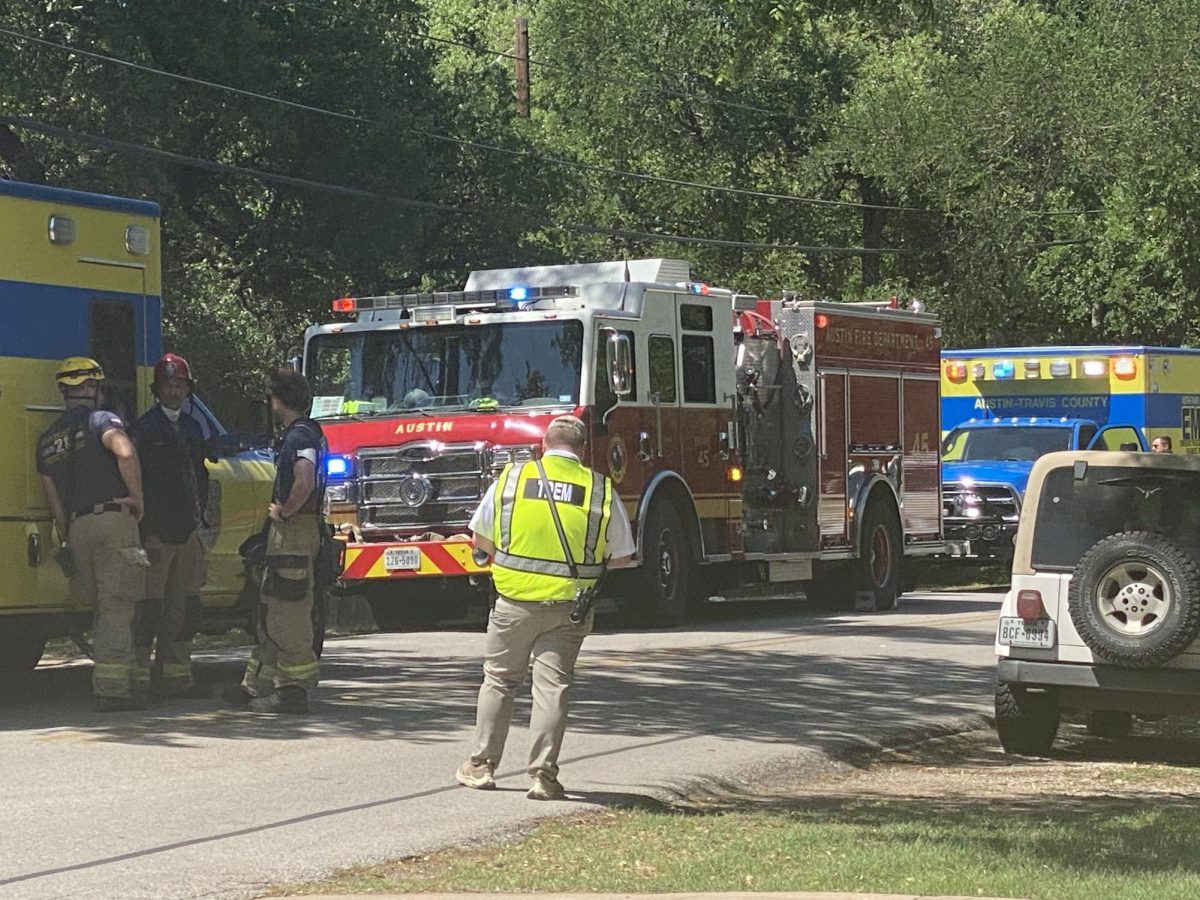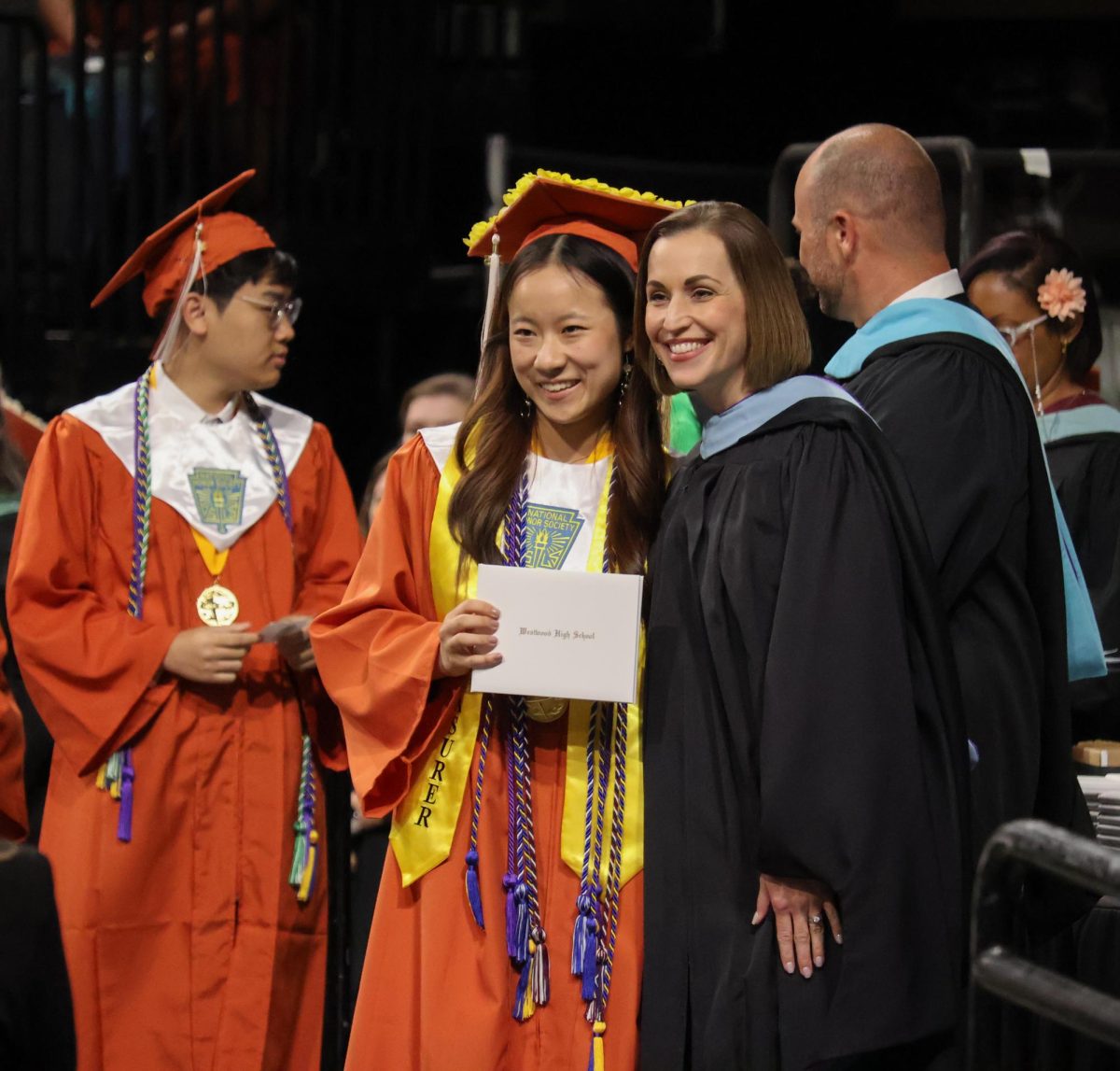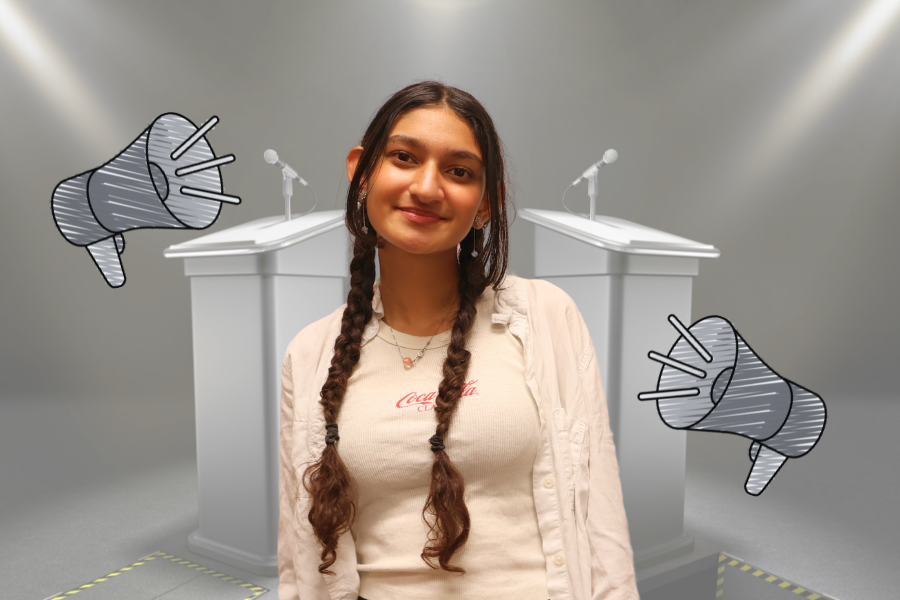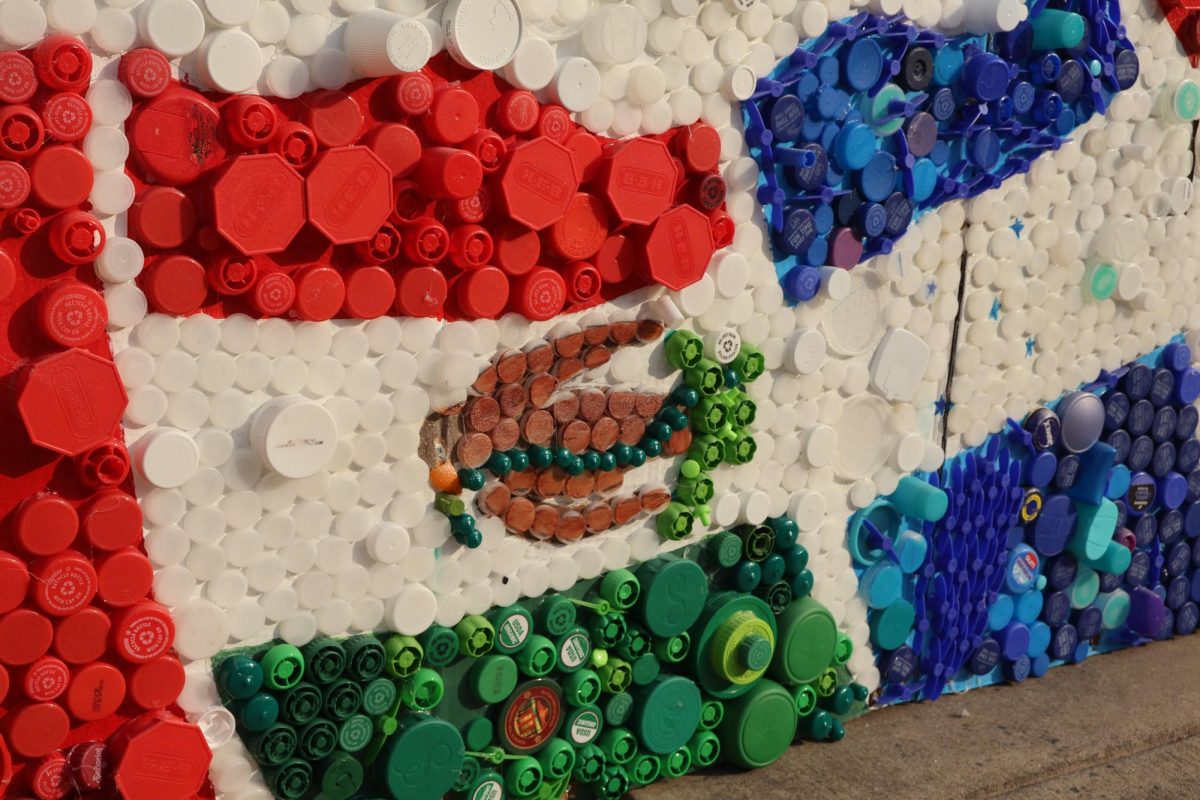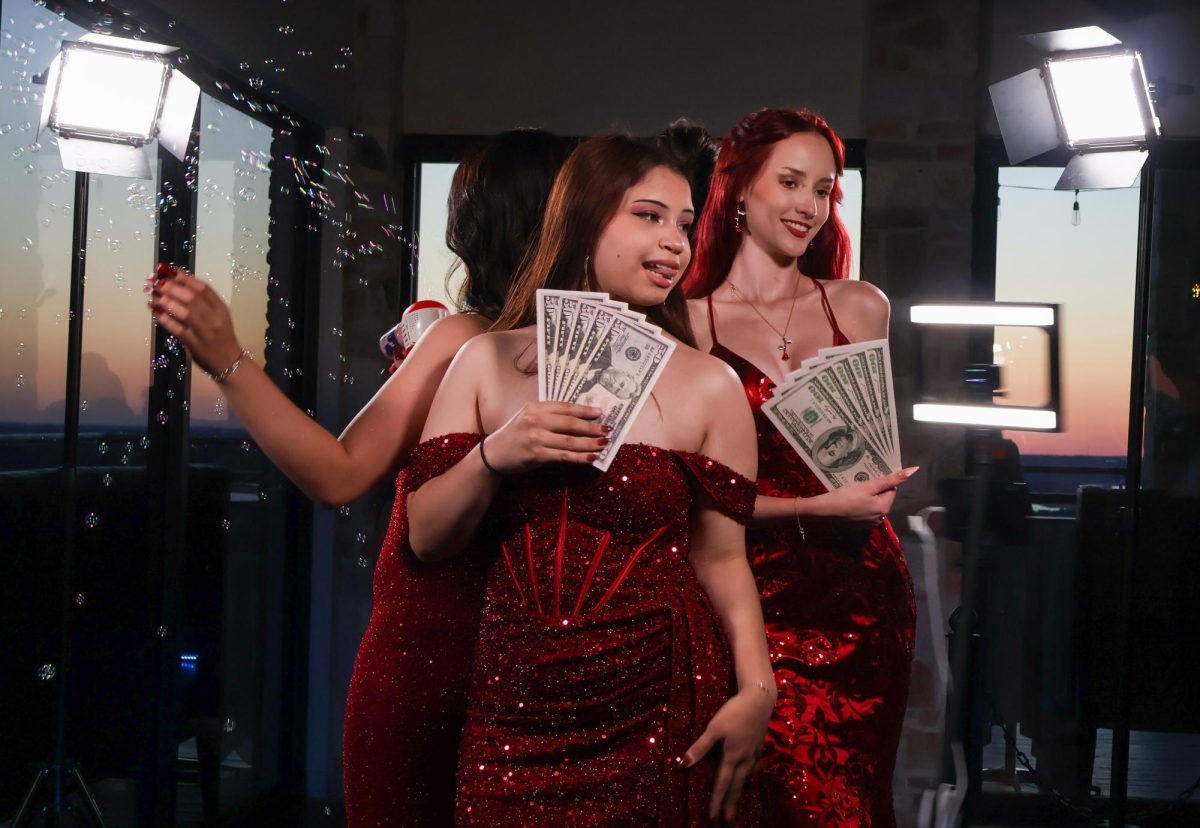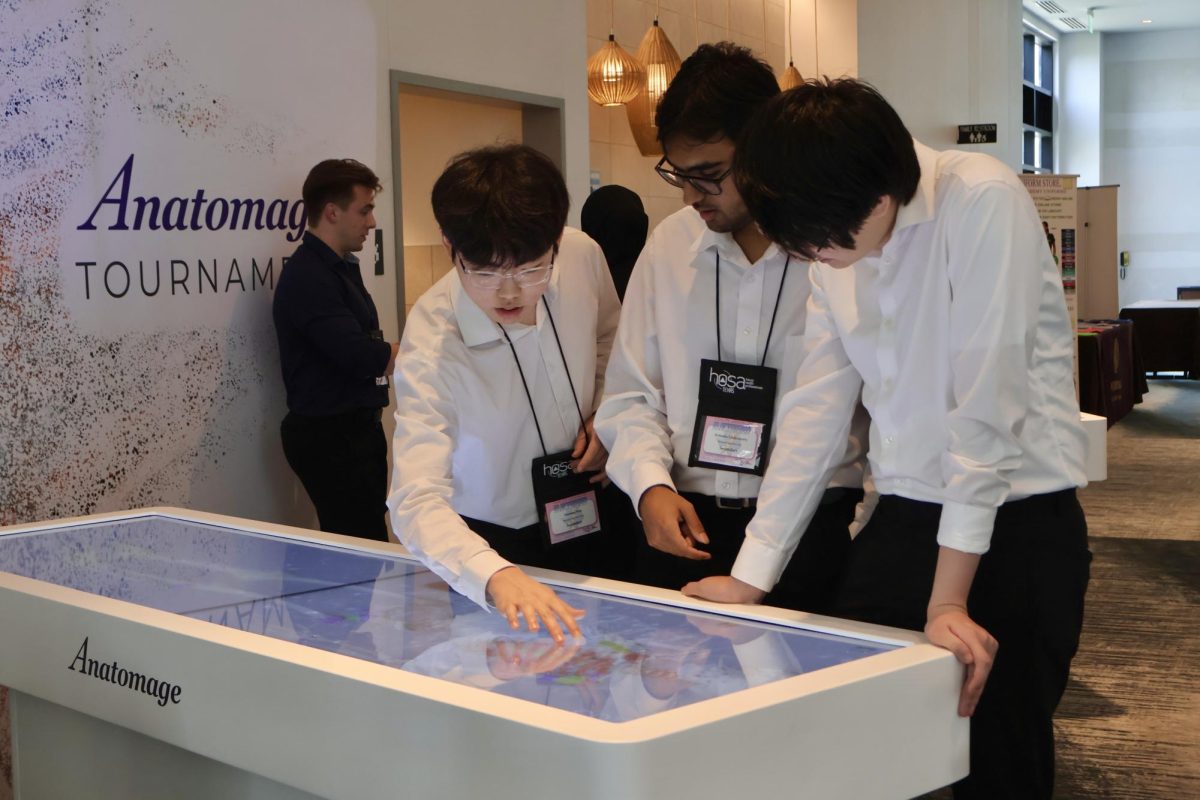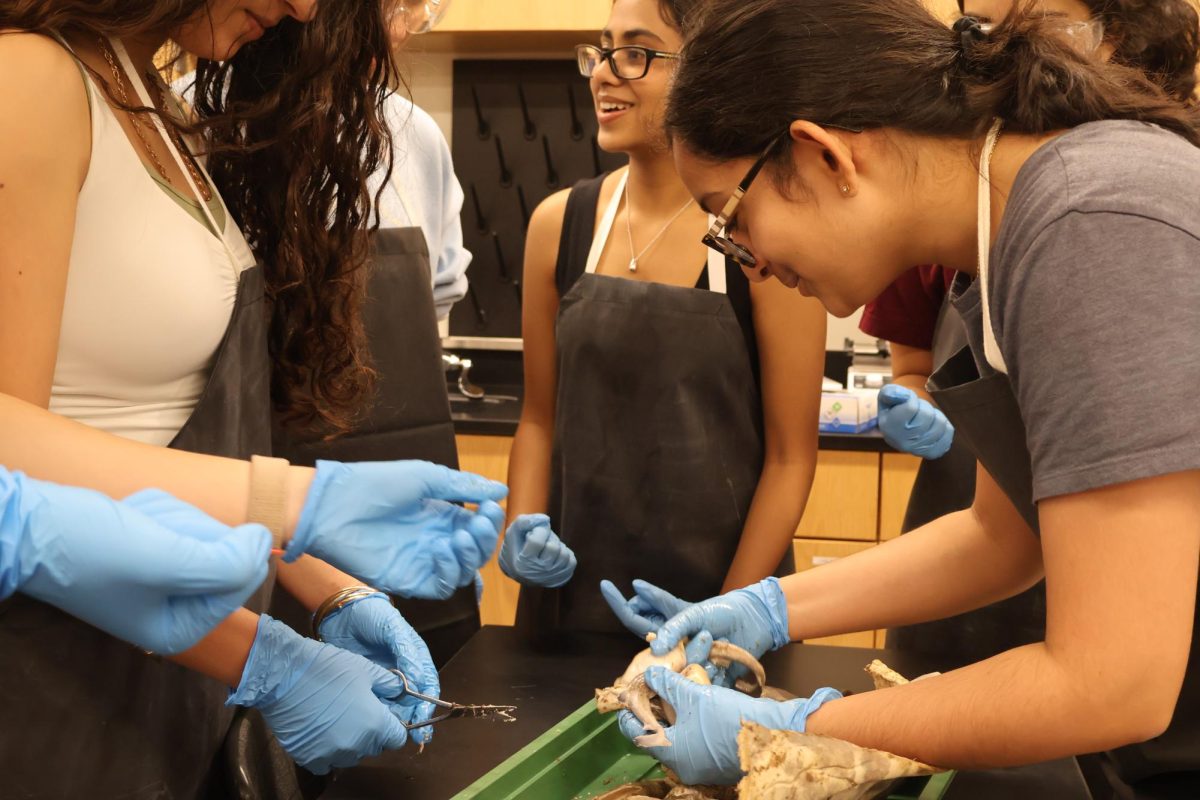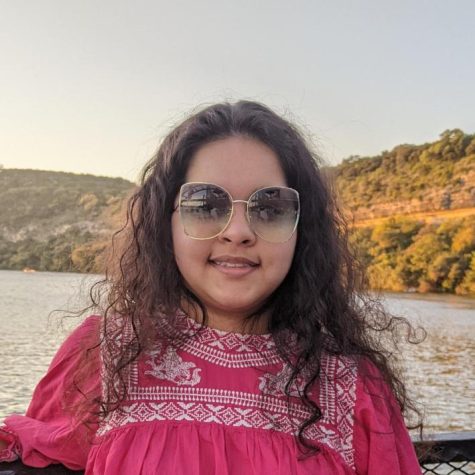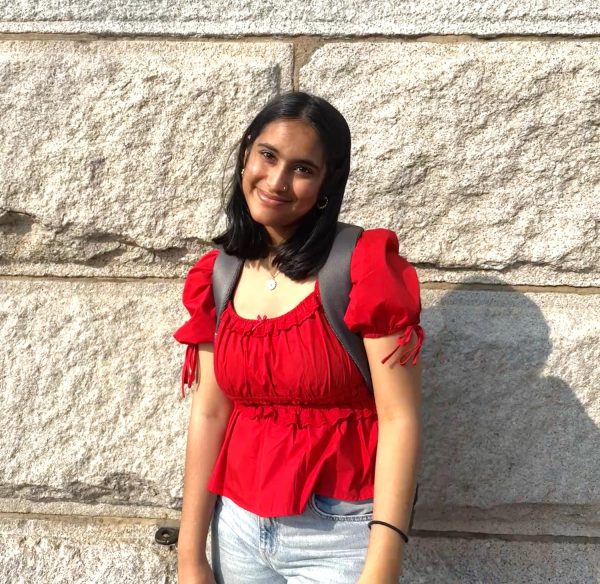Complete with vibrant lights, a diverse range of sounds, bright colors and a feast of sweet and savory food alike, families around the world came together on Friday, Nov. 1 to celebrate one of the most important holidays in the South Asian community — Diwali. With widespread religious and cultural significance to the greater Indian community, Diwali also allows for the expression of respective regional or familial traditions and practices. For many students, the festival serves as a time to express their biculturalism, and merge their living experiences here in the United States with pastimes and customs performed in India.
“To me, Diwali is not just a festival, it is the celebration of love, the celebration of lights, and the celebration of happiness,” Thaara Vm ‘26 said. “It is the sharing of happiness and love, and caring of our loved ones including our friends, as well as spreading positivity around the world over deeply-rooted negativity.”
Traditionally, the holiday consists of celebrating the triumph of good over evil, an idea that is embodied by featuring decorated houses with bright lights. Many of the large-scale customs practiced by families during the festival are to light diyas — traditional Indian oil lamps, to wear traditional Indian clothes, and to share fried and baked sweets with friends and family. For those who celebrate in India, the festival is typically enjoyed in large groups of family, but in the United States, many students note having to adapt to the lack of close relations by celebrating Diwali in large community groups or with friends.
“After the pooja (prayers), my family makes sure to play with sparklers and fireworks every year, with neighbors or other friends and family,” Sia Kaushik ‘28 said. “ We often go to Diwali parties and gatherings [as well].”
In addition to celebrating with the larger South Asian community, Diwali is also a time for many students to meet up with their friends and engage with their mixed culture in innovative ways.
“My friends will come over, and usually, there’s like this big thing in our community and we’ll all light fireworks,” Bhavana Prayaga ‘28 said. “I think it’s really nice because even though we’re not in India, I’m still connected to my culture.”
While Diwali itself is a broad festival, the meaning and personal significance of Diwali and the way in which it is celebrated is heavily influenced by factors such as age, location, local community, and individual values. The festival is not only a time for students to explore their cultural identity, but many also reflect on their surroundings and unique cultural landscape during the course of the celebrations.
“I can’t partake in a lot of traditions that I have when I’m in India compared to [when I’m in] the US, because you [just] don’t have specific resources,” Kiran Dinakaran ‘25 said. “You’re also not around the family that [you] would be around for Diwali, but I feel like it’s also interesting how a lot of people that aren’t Indian [here in the United States] are curious towards what it actually is, and I feel like that is something that you can’t get in India.”
A festival that largely contributes to the values of the overall South Asian community, Diwali is a major milestone for cultural and personal exploration in many students.
“I feel like [Diwali] factors into how I see things because I like to see things [in a] more colorful [perspective],” Yashvi Jain ‘28 said. “Diwali being so colorful and just like [being] a huge part of Indian identity [really impacts me and my personal outlook on life].”


